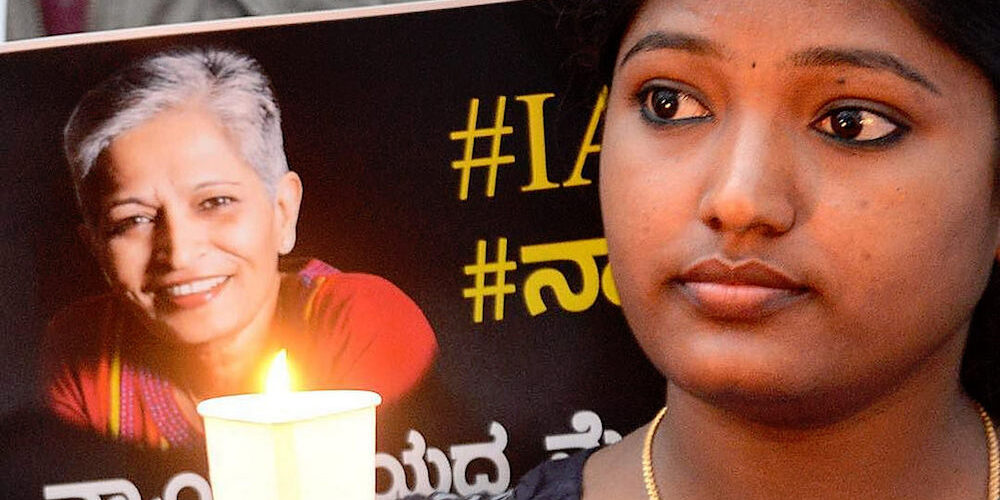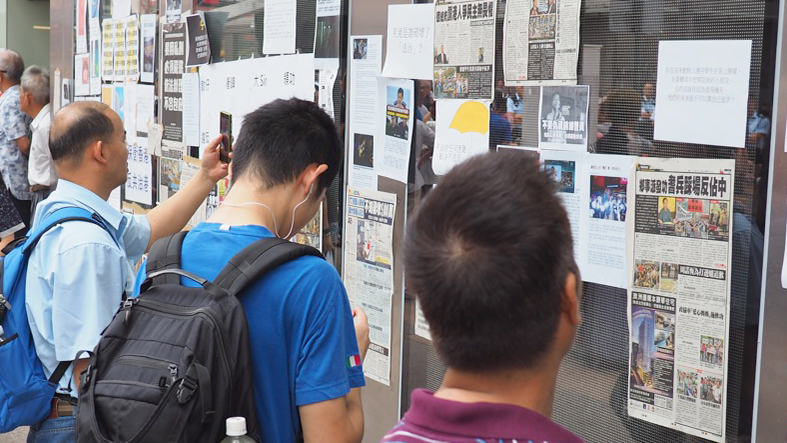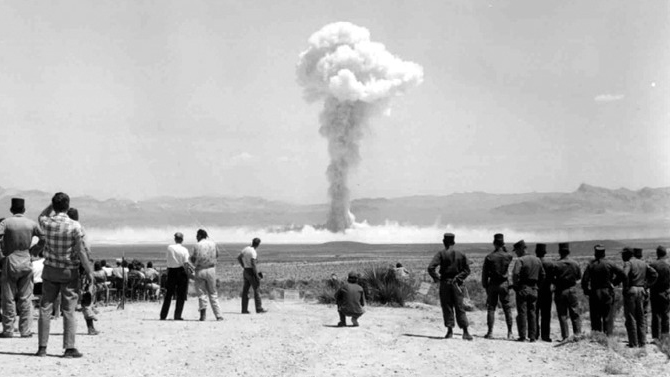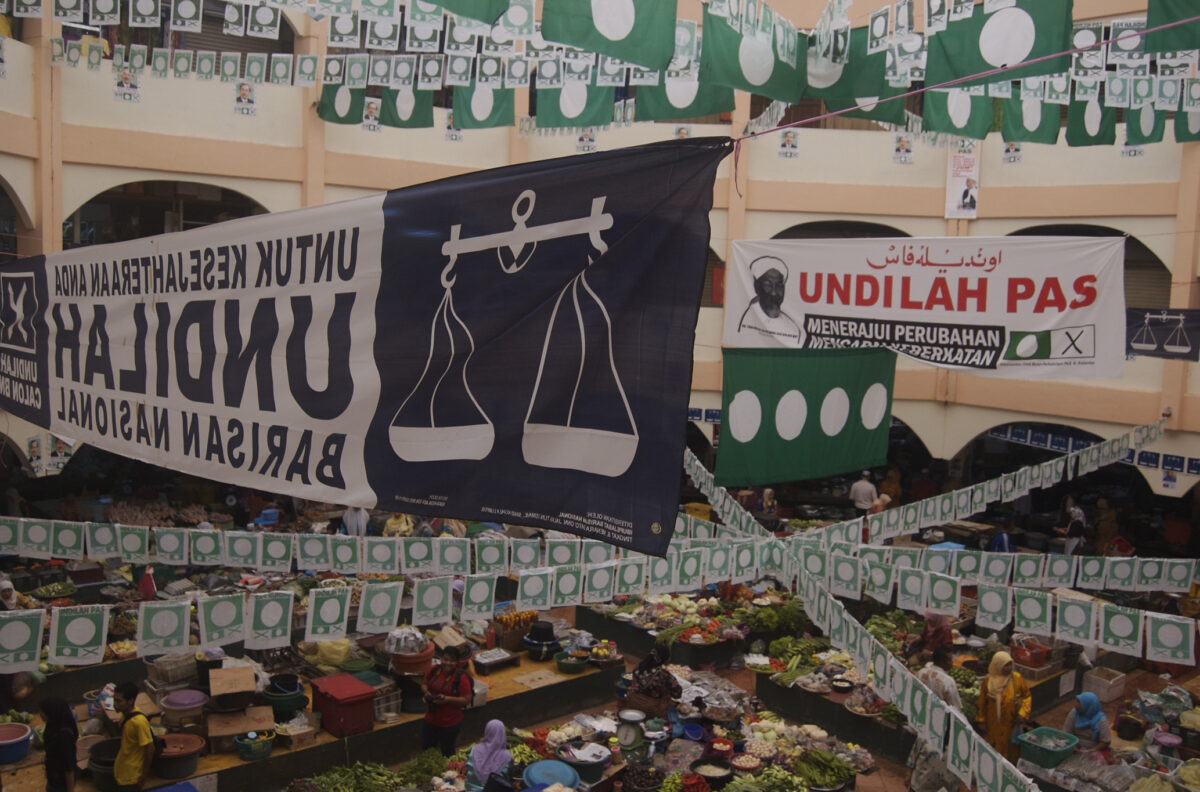This essay has been published in the 20th anniversary special issue of Journalism: Theory, Practice and Criticism, 20 (1).
In 2017, journalist Gauri Lankesh was shot dead outside her home in Bangalore, India. Her alleged killers were Hindu extremists intent on silencing a vocal opponent of the hegemony of Hinduism’s Brahmin caste (Mondal, 2017). The brazen assassination of a highly respected senior journalist provoked blanket news coverage, moving eulogies, and impassioned demands for justice. Not everyone, though, reacted with due sorrow or outrage. Vile comments on social media welcomed her death. These may have been symptomatic of a wider malaise, according to Deb (2018): “She was killed by the culture of impunity promoted by India’s Hindu right, and that goes not just all the way up to the heads of states and political leaders but also includes the complacent media, the talking heads who rationalize Hindutva [Hindu nationalist ideology], as well as, most distressingly, a broad swath of Hindu society—mostly well-to-do, urban, professional, upper-caste—that gives this violence its wider base, whether by choosing to ignore it or by actively cheering on the violence.”
Journalism faces many threats, but few strike at the core of its being like the kind of tribalism that tolerates, even celebrates, the killing of a journalist for practising her vocation. If journalism’s distinguishing feature—what sets it apart from marketing and propaganda—is its commitment to the public interest, it is deeply troubling when large sections of that very public are not merely indifferent but even antagonistic towards the profession and its values. This problem has mushroomed around the world, resulting in harassment of media workers and demands for censorship. In India, Muslims used to be the quickest to take violent offence at any sleight, but the Hindu Right has surpassed them in the imagination and intensity with which they claim righteous indignation. In Indonesia, the liberal media have to tread gingerly around hardline Muslim groups that are ever ready to accuse opponents of blasphemy. After two decades of democracy, Indonesian journalists have little fear of government; it is the mob—“mobokrasi”—that they dread. In the United States, President Donald Trump’s incitement of hatred against the professional media has found many receptive ears, but he did not create such antipathy out of nothing. Like everything else in Trump’s rhetoric, his “#fakenews” slogan panders to and amplifies ground sentiments.
The Paris-based advocacy group Reporters Without Borders highlighted the problem of hatred against journalism in its 2018 report: “More and more democratically-elected leaders no longer see the media as part of democracy’s essential underpinning, but as an adversary to which they openly display their aversion.” In an era when the idea of people power enjoys unprecedented global reach—little is done in the open without gesturing to the popular will—it is deeply ironic that a core institution of democratic government, the press, cannot count on firm public support. Of course, tyrannical states still pose the most extreme threat. When the state uses its monopoly on legitimate violence to jail journalists or shut down newspapers, it tends to have the final say. But such attacks perversely honour watchdog journalists’ perception of their Fourth Estate role. If one accepts the definition attributed to George Orwell, that journalism is about printing what someone does not want printed (for the rest is public relations) then forceful government intervention to silence journalists amounts to the ultimate compliment. When journalistic autonomy is undermined from within—by media owners and executives who create an organisational culture of self-interested self-censorship—the outcome is more demoralising. And, when audiences turn against the press, it can be even more dispiriting.
Of course, much of that animosity is openly instigated by political leaders. But it would be too pat to conclude that hate mobs are purely puppets animated by politicians. As in the American case, leaders seem to be tapping into some deep antipathy towards media. And, it is not as if the audience has no grounds to feel betrayed by the press. As critical scholarship has amply demonstrated, mainstream commercial journalism’s business model is a major structural impediment to its mission of serving the public interest. The media’s reliance on advertising revenue makes them less attuned to citizens of limited means than to segments of the population who can afford the high-end consumer goods, cars, overseas travel and investment opportunities that marketers want to sell. This has resulted in chronic allocative distortions. Lifestyles of the rich and famous are analysed more thoughtfully than the life chances of the poor; and most publishers are content with newsrooms whose class profiles are wildly unrepresentative of the general population.
Perhaps such imbalances were tolerable when dreams of upward mobility seemed realistic. In many countries in the second half of the 20th century, the surrender to market economics was rewarded with steadily improving prospects for most citizens. In the 21st, though, economic growth has been harder to come by for rich countries, and in many societies inequality has grown to levels that are frankly obscene. With vastly more wealth in private hands than in public, even governments that want to correct this problem through redistribution or regulation have limited means to do so (Alvaredo et al., 2018). The populist backlash against elite institutions, including the press, needs to be understood in that context (Chua, 2018). Not all of it is rational or in the people’s own self-interest. But instead of merely bemoaning the sorry state of the public mind, journalists who wonder why their fact-checked reports are not believed should ask if they have done enough to be believed in. Credibility is only partly about facticity or believability; it is also about community affiliation, or how much members of a community feel that a news outlet cares about their wellbeing and looks out for their interests (Meyer, 1988).
The kind of affective divide exposed in the Gauri Lankesh case is a separate problem. Lankesh did not see the world through the neoliberal lenses that blind many in the media to injustice and inequality. On the contrary, she was a champion of the down and out. Similarly, when trolls tweet threats of rape and murder, the targets are frequently journalists and bloggers who side with the most marginalised and vulnerable in their societies, such as ethnic, religious and sexual minorities. But, the aggressors too claim to be defending group rights, community identity, and the nation itself. With apparently genuine conviction, they accuse journalists of being anti-national. In their minds, they are not doing it for themselves but for a larger good; they are engaged in activism of the people, by the people, for the people.
This is a manifestation of grotesquely skewed democratic norms. The principle of the popular will is marshalled to justify intolerant populism; majority rule is transmogrified into unbridled majoritarianism; and people power rules, because might is right. Such perverted logic should not come as a surprise. The risk had been identified by framers of democratic constitutions, who therefore decided to enshrine the rule of law and the protection of individual rights as essential bulwarks against what de Tocqueville called the tyranny of the majority. But while formal, institutional checks may have been put in place, political culture lagged behind. Democracies require a habit of negotiation and compromise, an instinct of reciprocity instead of zero-sum competition, among people who acknowledge one another as deserving of dignity and possessing equal rights. Perhaps elites have overestimated the degree to which citizens of democracies would “hold these truths to be self-evident”, to borrow from the preamble of the American Bill of Rights.
Journalism has contributed to this imbalance: they do not equally emphasise—or even understand— all democratic values. Liberty is an easy one to champion, since journalists are prime beneficiaries of freedom of expression. Media are also stakeholders in the principle of popular sovereignty: it validates professional journalism’s key roles in reflecting public opinion, serving the informational needs of collective self-government, and helping to keep rulers accountable to the ruled. Respect for the popular will also help to justify the media’s obsessive desire for higher circulation and ratings (as long as one ignores the conceptual slippage between the people as market and the people as polity).
In contrast, human rights principles do not sit as easily with journalism’s routines and business models. Speaking up for the rights of unpopular minorities usually puts journalists on a collision course with their own audiences. Then, it requires moral courage, and often financial fortitude, to reject the marketing adage that the customer is always right. Media can build a loyal audience base by speaking truth to governmental and corporate power. In the resulting run-ins with the powerful, it is not uncommon for the public to rise in defence of journalists. Such episodes are the stuff of legend within the profession, inspiring new generations of journalists to take significant risks to investigate corruption and other wrongdoing in high places. But it’s a different story when journalists use their independence to find fault in the people’s own values and practices. The commercial or corporeal backlash can be severe, which is why most media bow to dominant social norms, even when conscientious journalists know things should be otherwise.
There is no quick fix. In highly polarised societies mired in controversy or conflict, groups tend not to listen to reason. The problem can only be addressed through long term civic education, with a stress on everyone’s right to equal dignity. This is a hard idea to sell, because the habit of caring for others has always been delimited by bonds of family and kinship; extending a duty of care to all by virtue of our shared humanity is much newer idea (Posner, 2014). Yet, it is the only possible normative basis for organising peaceful social life in diverse societies. Schools obviously have a role to play, but so do media. Professional journalism developed its identity and norms at a time when its greatest threat was state censorship. The clarion call of freedom became second nature. Today, the additional threat of intolerant populism demands that journalists internalise and champion a broader understanding of human rights.
Originally published at https://www.mediaasia.info/journalism-in-a-climate-of-hate/ Photo: Pushkar V
References
Alvaredo F, Chancel L, Piketty T, et al. (2018) World Inequality Report 2018. World Inequality Lab. Available at: http://wir2018.wid.world/files/download/wir2018-full-report-english.pdf.
Chua A (2018) Political Tribes: Group Instinct and the Fate of Nations. London: Penguin.
Deb S (2018) The killing of Gauri Lankesh. Available at: https://www.cjr.org/special_report/gauri-lankesh-killing.php/ (accessed 4 June 2018).
Meyer P (1988) Defining and Measuring Credibility of Newspapers: Developing an Index. Journalism Quarterly 65(3): 567–574.
Mondal S (2018) Why Was Gauri Lankesh Killed? The New York Times, 20 January. Available at: https://www.nytimes.com/2017/09/13/opinion/gauri-lankesh-india-dead.html (accessed 4 June 2018).
Posner E (2014) The Twilight of Human Rights Law. Oxford, UK; New York, NY: Oxford University Press.
Reporters Without Border (2018) RSF Index 2018: Hatred of journalism threatens democracies. Available at: https://rsf.org/en/rsf-index-2018-hatred-journalism-threatens-democracies (accessed 12 June 2018).



